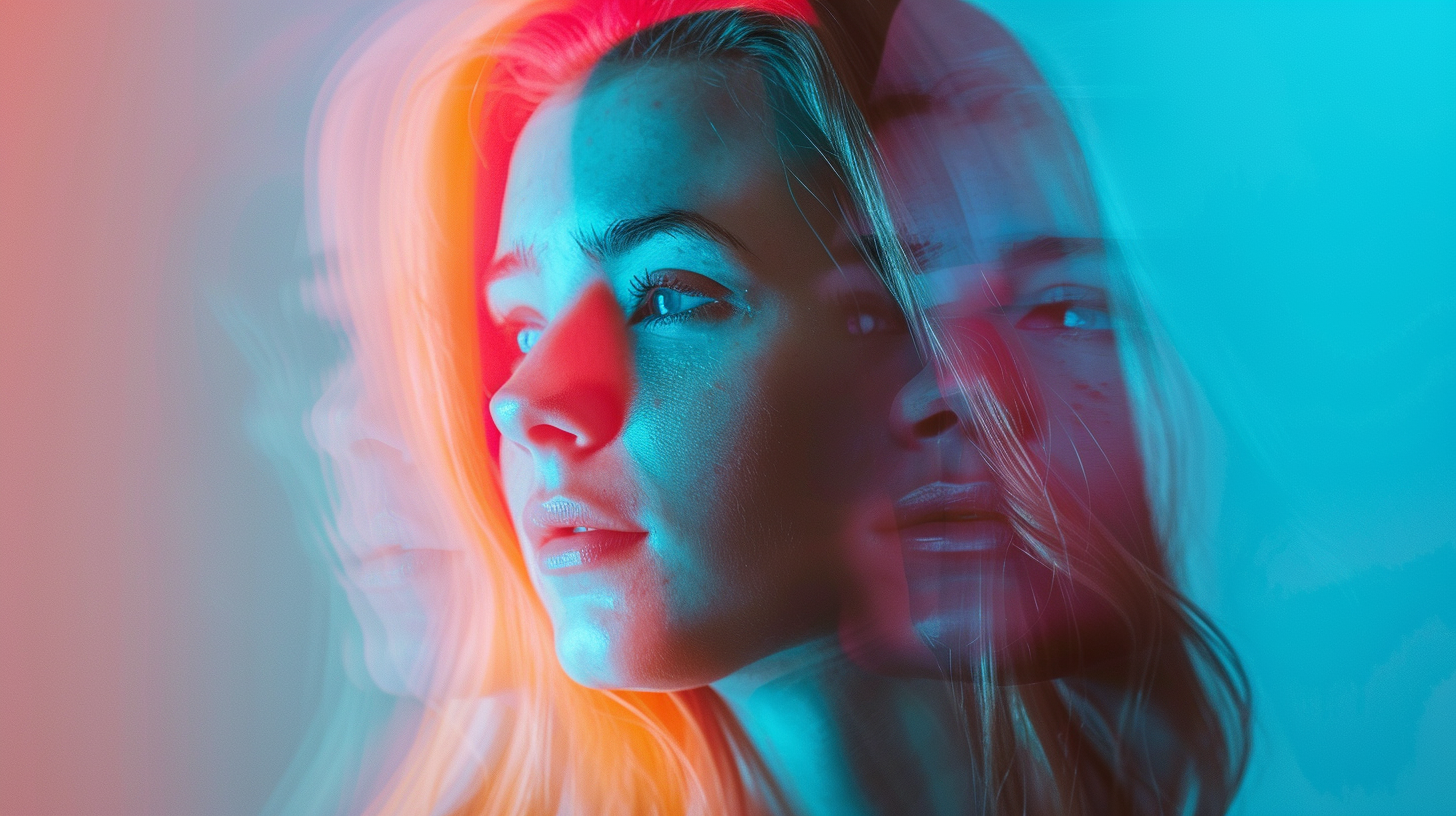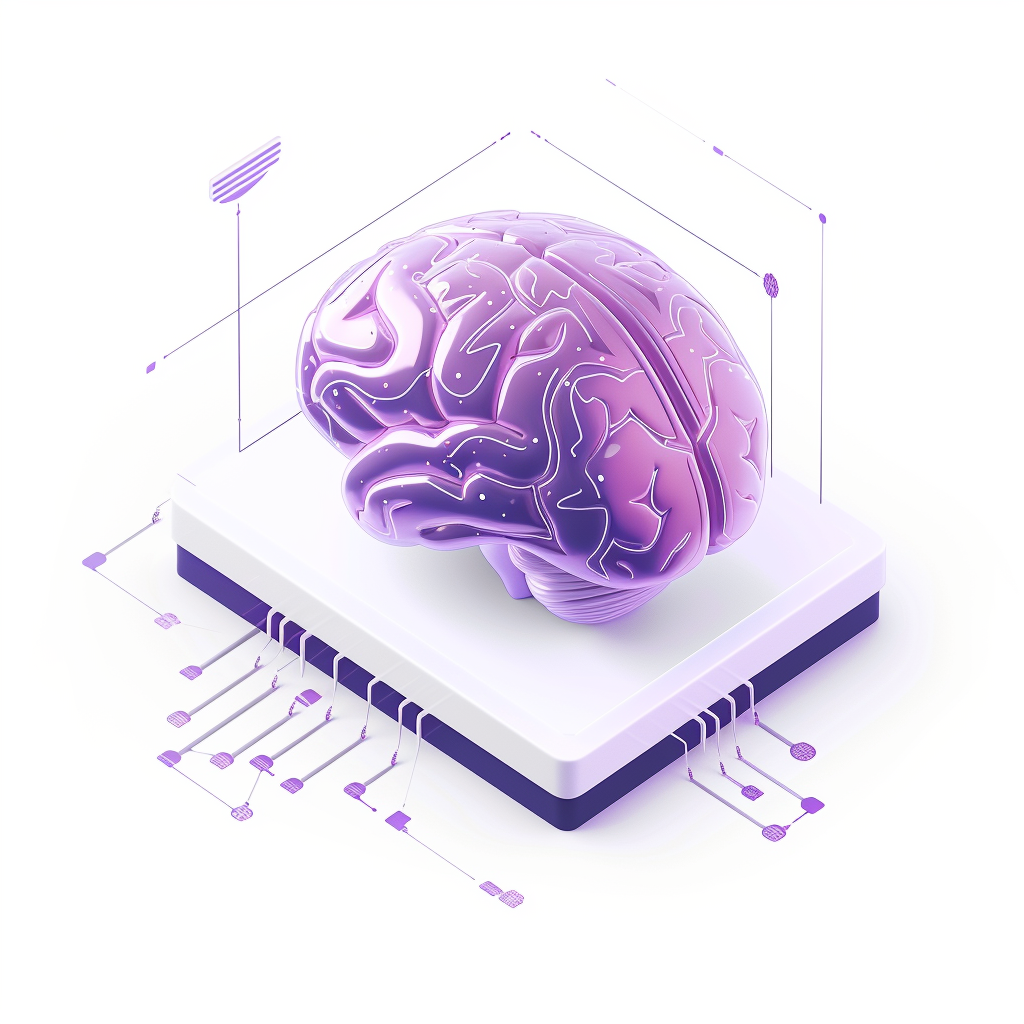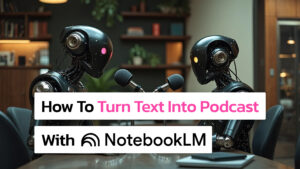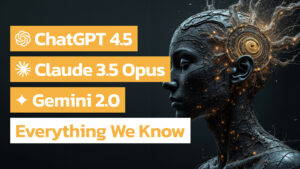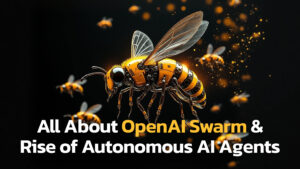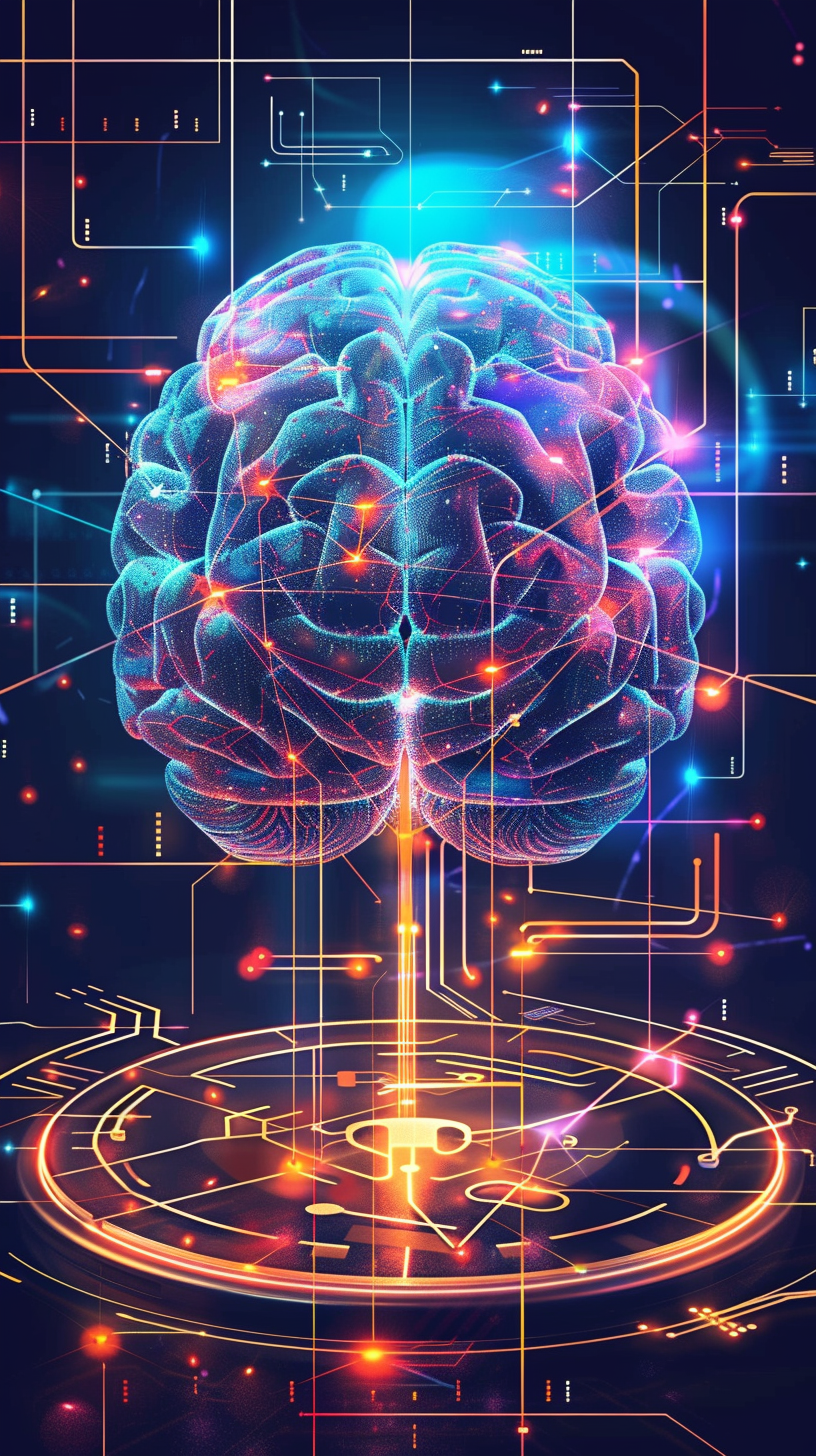It’s been only 4 months since OpenAI introduced its latest image generator, DALL-E 3, and the tech world is already buzzing with speculations about what’s next.
This anticipation is not without reason; DALL-E 3 has set a new standard in the realm of AI-driven creativity, boasting an ability to turn textual descriptions into intricate, high-quality images. From surreal landscapes that have never been seen before to detailed illustrations of hypothetical products, DALL-E 3 has showcased the potential of AI to complement and even enhance human creativity.
DALL-E 3 Recap
Before we dive into the future, let’s briefly recap the capabilities that made DALL-E 3 a game-changer. It improved significantly on its predecessors in several key areas: image resolution, understanding complex prompts, and generating more accurate and contextually relevant images.
DALL-E 3 also introduced new features for adjusting and refining generated images, giving users unprecedented control over the creative process. Its ability to manipulate and edit parts of images based on textual input pushed the boundaries of what we thought was possible with AI-generated art.
Looking Ahead: DALL-E 4
Looking forward to 2024, we’ve put together an estimation list of what DALL-E 4 might offer. This includes the most talked-about features, leaks from OpenAI and partners like Microsoft, and even some of our own hopes for the next big thing in image creation. What exciting updates can we expect?
- Enhanced Prompt Understanding: DALL-E 4 is anticipated to understand prompts with near-human accuracy, even for detailed descriptions up to 1,000 words. This could mean transforming elaborate stories into vivid images, further bridging the gap between human creativity and AI capabilities.
- 4K Ultra-Detailed Resolution: The move to 4K resolution promises images of stunning clarity and detail, catering to professional applications where quality cannot be compromised.
- Superior Text within Images: Improvements in generating legible and contextually appropriate text within images will enhance realism, making DALL-E 4 invaluable for creating dynamic and informative visuals.
- Greater Photorealism: A shift towards photorealism aims to produce images that are increasingly difficult to distinguish from real photographs, expanding the tool’s utility in fields like advertising, simulation, and education.
- Innovative Image Identification: To address ethical concerns, DALL-E 4 is expected to feature a mechanism for tracing the origin of any image it generates, ensuring transparency and accountability in AI-generated content.
- Understanding Gestures and Textures: By capturing the subtleties of human gestures and the textures of materials, DALL-E 4 will offer a new level of depth and realism in its creations.
- Accessible Pricing: With potential pricing adjustments, DALL-E 4 aims to be more accessible than its predecessor, democratizing AI-powered creativity for a broader audience.
Looking to unleash your creativity on a Mac? Try AI Image Studio! Using the latest Stable Diffusion Model, it generates photorealistic and accurate images, bringing your visions to life with ease. Perfect for artists, designers, and anyone in between. Give it a go and transform your ideas into stunning visuals today!
The Future of AI-Generated Art
DALL-E 4 is set to revolutionize AI-generated art, offering tools that make creating complex, high-quality images easier than ever. This leap forward promises to democratize art, providing a platform where anyone can bring their creative visions to life with a few keystrokes.
Yet, this progress is not without its challenges. As AI art becomes increasingly realistic, concerns about authenticity and the potential for misuse grow. The blurred lines between human and machine-made art prompt questions about originality and copyright, while the risk of creating deceptive images looms large.
Despite these concerns, DALL-E 4’s advancements could foster a new era of creativity, sparking debate on the intersection of technology, ethics, and art. The future of AI-generated art is bright but navigating its implications will be key to unlocking its full potential.

